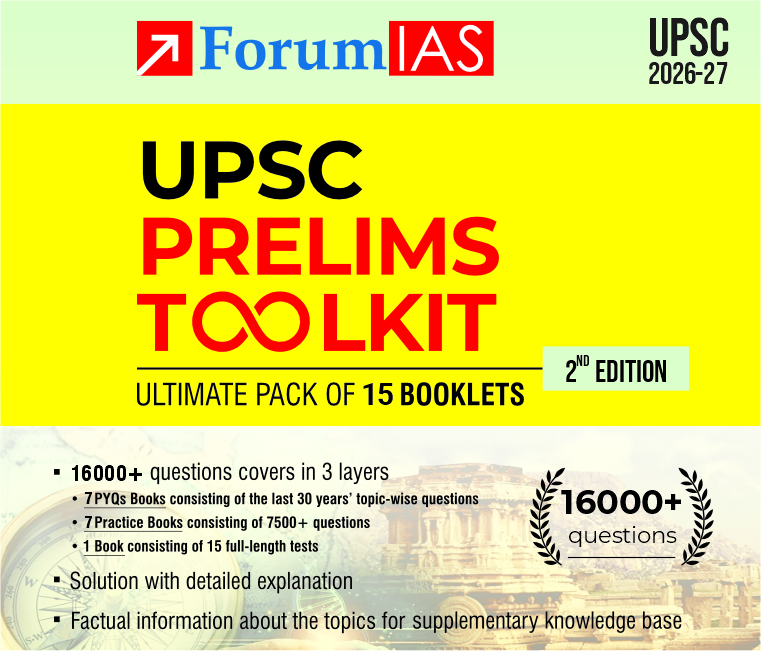This post on Substantive Equality in Child Marriage Laws has been created based on article “Substantive equality in child marriage laws” published in The Hindu on 29th January 2025.
UPSC Syllabus topic: GS Paper 2- Polity
Context: The article discusses the legal inconsistencies and gender-based disparities in child marriage laws in India, specifically focusing on the Prohibition of Child Marriage Act (PCMA), 2006. It highlights how the law allows different timeframes for men and women to seek annulment of a child marriage, reinforcing patriarchal notions.
What was the Sanjay Chaudhary v. Guddan (2024) case about?
- The case involved a couple who married as children—the husband was 12, and the wife was 9.
- When the husband was 20 years, 10 months, and 28 days old, he initially sought divorce but later amended his plea to annul the marriage under the Prohibition of Child Marriage Act (PCMA), 2006.
- Section 3 of the PCMA allows any individual who was married as a child to seek annulment, provided they file the petition within two years of reaching adulthood.
How does the definition of ‘child’ differ under various laws?
- Under the PCMA, a child is defined as a girl below 18 and a boy below 21. However, under the Majority Act, 1875, legal adulthood is attained at 18 for both genders.
- The PCMA’s literal reading suggests both genders must seek annulment before turning 20.
- However, a previous Madras High Court ruling (T. Sivakumar v. The Inspector of Police, 2011) extended this period to 23 for males.
How did the Allahabad High Court interpret the law differently?
- The Allahabad High Court ruled that males above 18 who enter a marriage knowingly cannot claim ignorance and should have the same annulment period (until 20) as females.
- It criticized the gendered assumption that men should be older and financially stable while women are perceived as dependents and child-bearers.
How did the Supreme Court influence the Allahabad High Court’s ruling?
- In Independent Thought v. Union of India (2017), the Supreme Court casually mentioned that a male child could annul his marriage before 23, even though the case primarily focused on marital rape exceptions.
- The Allahabad High Court, bound by this precedent, allowed annulment beyond 20 years.
- This interpretation is problematic as it creates an unfair advantage for men by giving them more time to exit a child marriage while leaving women disproportionately vulnerable. This contradicts the PCMA’s goal of protecting women’s rights.
Why is raising the marriage age to 21 problematic?
Raising it to 21 would:
- Restrict adults (18-21 years) from exercising rights they already have, such as voting and entering contracts.
- Increase parental and state control over young women’s choices.
- Criminalize self-initiated marriages, leading to social and legal complications.
- Cause more arrests, family breakdowns, and burden the criminal justice system.
What does data from the 2024 Enfold Proactive Health Trust and Civic Data Lab study reveal?
- 4% of child marriages were self-initiated.
- In 80% of these cases, the girl’s family filed complaints, whereas only 30.9% of arranged or forced marriages were reported.
- Raising the marriage age would worsen the situation by increasing state intervention in consensual relationships.
What alternative measures can promote gender equality and better health outcomes?
- Ensuring free and compulsory education till 18 years.
- Expanding social security schemes to support young women.
- Providing barrier-free healthcare access for adolescents.
- Introducing comprehensive sexuality education to promote informed decision-making.






